How to Make Beautiful, Liquid Drawings Inspired by Degas
This resource explores drawings by French artist, Edgar Degas (1834-1917) and how they might inspire drawing in the classroom.
This resource was created in collaboration with AccessArt and the Fitzwilliam Museum, Cambridge and is one of three AccessArt resources: Inspired by Edgar Degas: Printmaking, Drawing & Sculpture at the Fitzwilliam Museum Cambridge with AccessArt.
Setting the Scene
In this resource, we have adapted an actual workshop session for teachers, at the Fitzwilliam Museum, Cambridge, with Kate Noble, Paula Briggs and Sheila Ceccarelli, exploring drawings by the French artist Edgar Degas.
We will show you, step by step, how you might create the session in a classroom setting giving pupils the opportunity to make beautiful, fluid drawings inspired by this important artist.
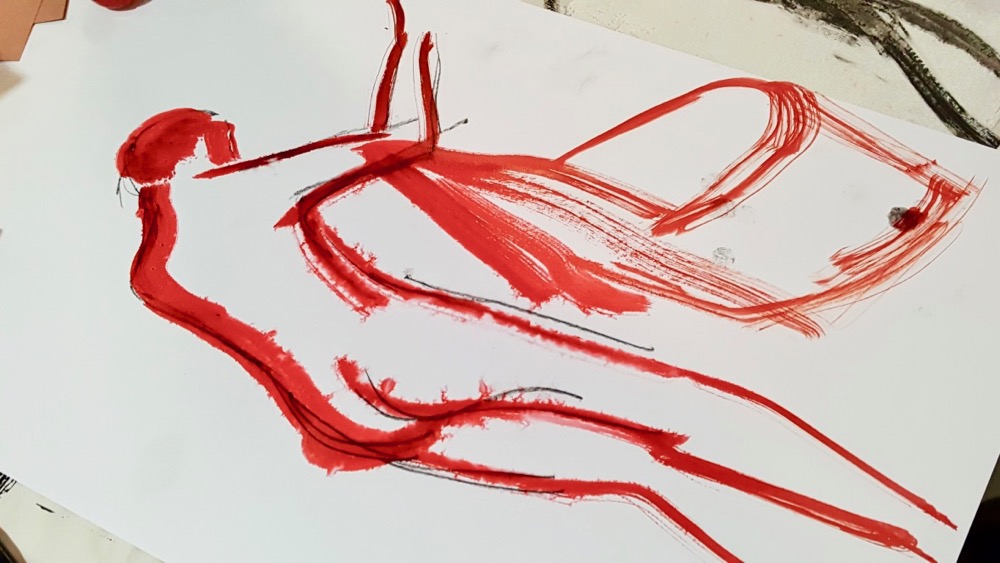
AccessArt is very keen never to be didactic in its approach to teaching art, and always encourages experimental approaches and open outcomes to any creative session. The basic lesson plan below, will create the frame work for you to take children, and young people, across key stages on a visual exploration of Degas’s drawings and guarantees beautiful outcomes without being prescriptive.
Looking at Drawings by Degas
Degas was a ‘draughtsman and French artist born in 1834 to 1917’, who is most well known for his work, across all mediums, studying dancers, but he was a prolific artist and had a passion for landscape, travel, the classics and cafe scenes, all explored through the fine art mediums available to him from mono-printing to sculpture, painting, drawing and printmaking. A life time of work and study of his world through these processes, was clearly visible at the Fitzwilliam Museum in the autumn of 2017 in the exhibition Degas: A Passion for Perfection.
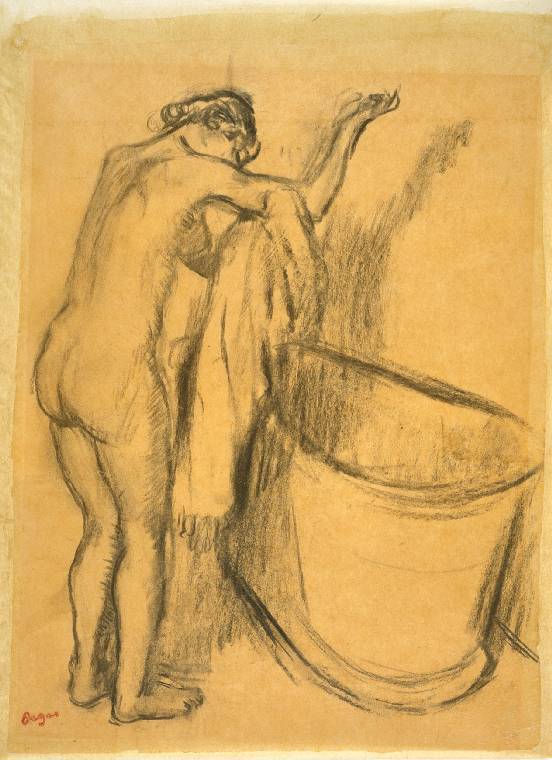
The go-to resource for you is the Fitzwilliam Museum Collection Explorer/Degas. Here, schools and individuals can freely use images of works in the museum collection for purposes of study. You can download, or print off individual images, or project them onto a whiteboard, to give children and young people a close up look the museum collection from a distance.
As a starting point, AccessArt suggests the images of Degas’s drawing below – but please feel free to do your own research and make your own selection using the Collection Explorer.
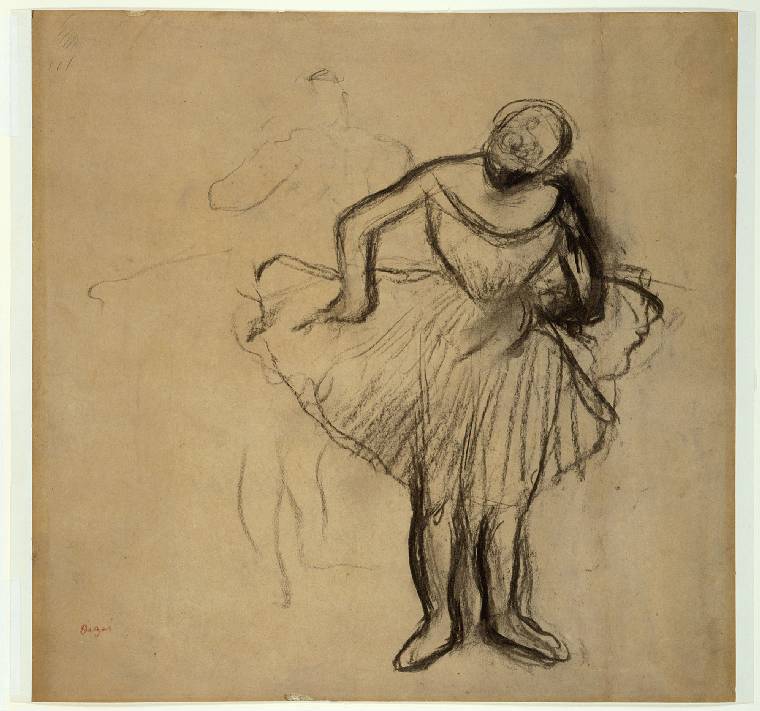
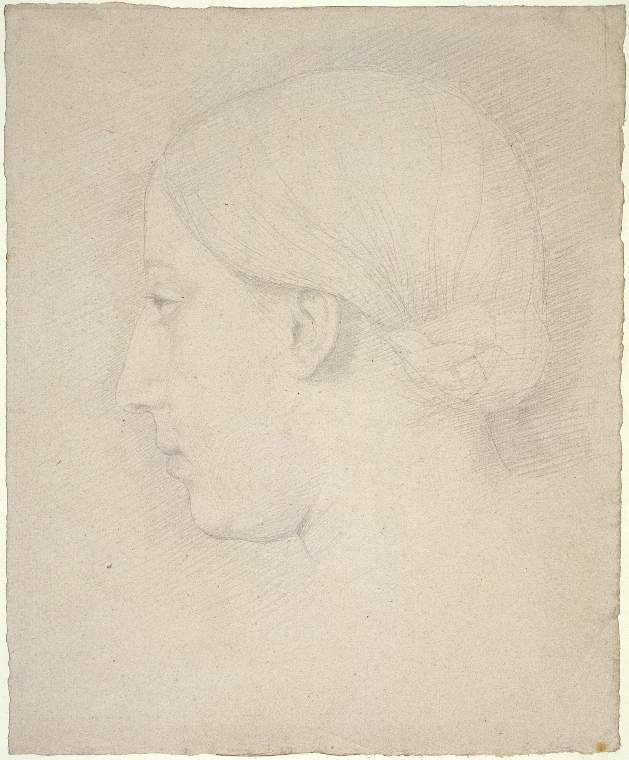
Warm-up Drawing Exercise
With a selection of Degas’s work available through the Museum Explorer, or looking at images of dancers in real life – use AccessArt Drawing Prompt Cards to create a series of drawings to warm up. These can be done on small sheets of A5 paper.
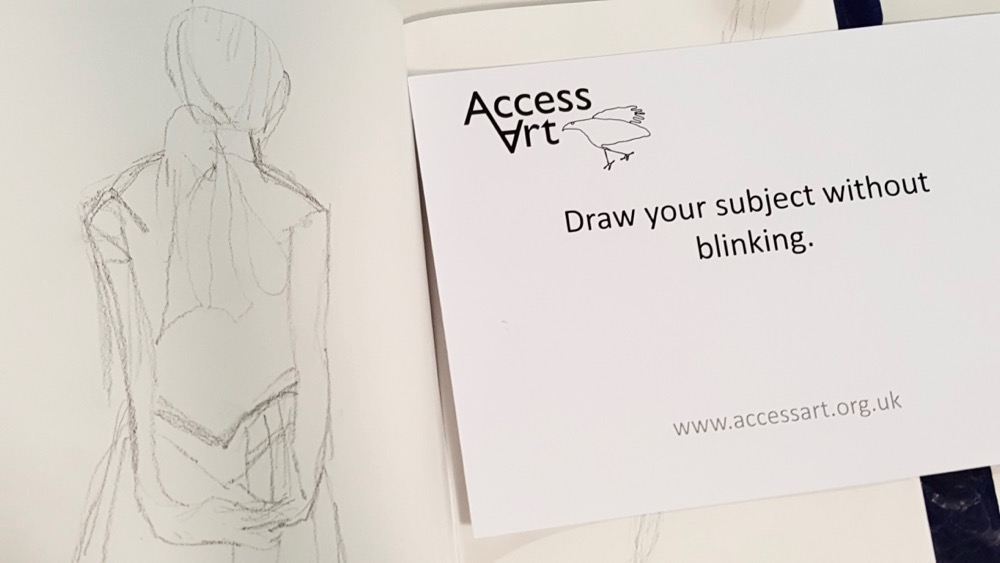
Have a selection of drawing materials to hand, so children can choose their own medium to explore. Permanent markers, wax crayons, soft pastels or chunky graphite would be ideal.
Try using as many different drawing prompts as possible to create a small series of drawings. The prompts are designed to free up the drawing process and make children and young people feel uninhibited by the white page and open to experimentation. They might challenge what they think a drawing is, or should look like, so try and encourage them to be open and that there is ‘right’ or ‘wrong.’
AccessArt Drawing Prompt Cards:
Look and draw your subject in the time it takes to inhale and exhale one breath.
Draw your subject with your non-dominant hand.
Hold your pencil or pen lightly from the top (with all five fingers).
Draw your chosen subject in a continuous line.
Draw your chosen subject in five lines.
Draw your chosen subject in three lines.
Look at your subject and draw it without looking at the paper.
Draw your subject in dots and specks.
Draw your subject in scrapes and slices.
Draw the outline of your subject in one, strong gesture.
Draw your subject without blinking.
Draw your subject’s shadow.
Draw your subject from inside out with no outline or contour at all.
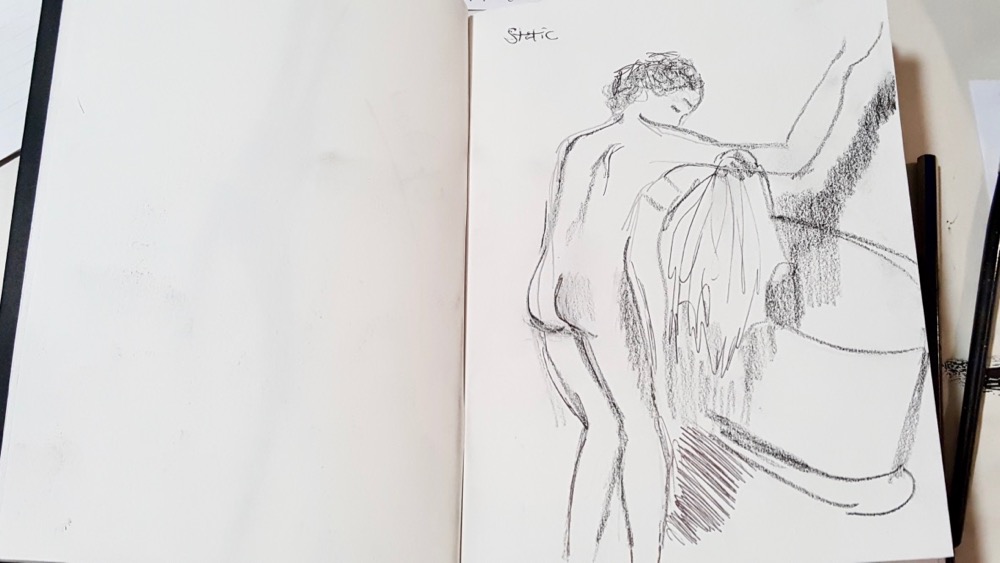
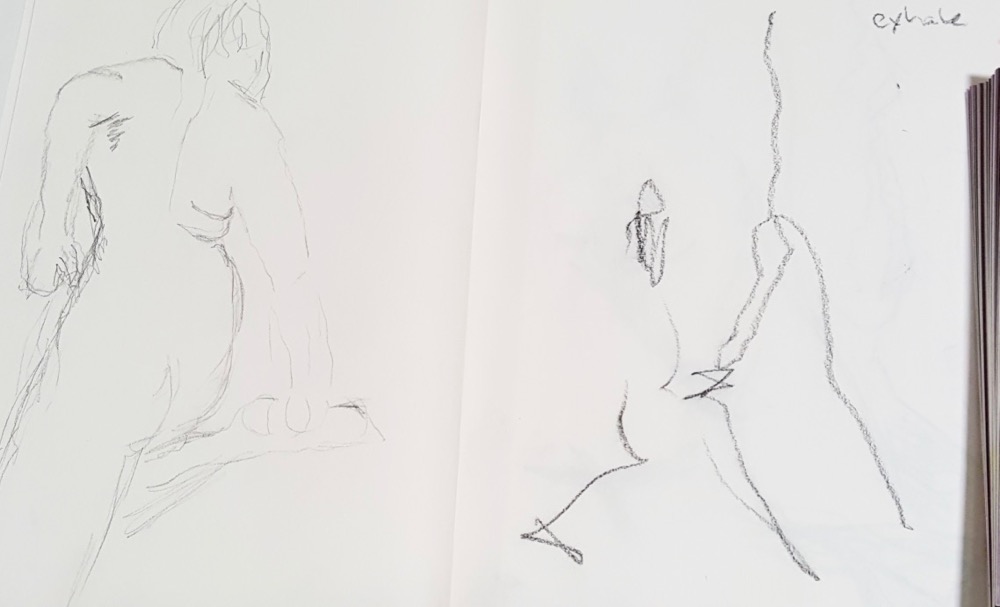
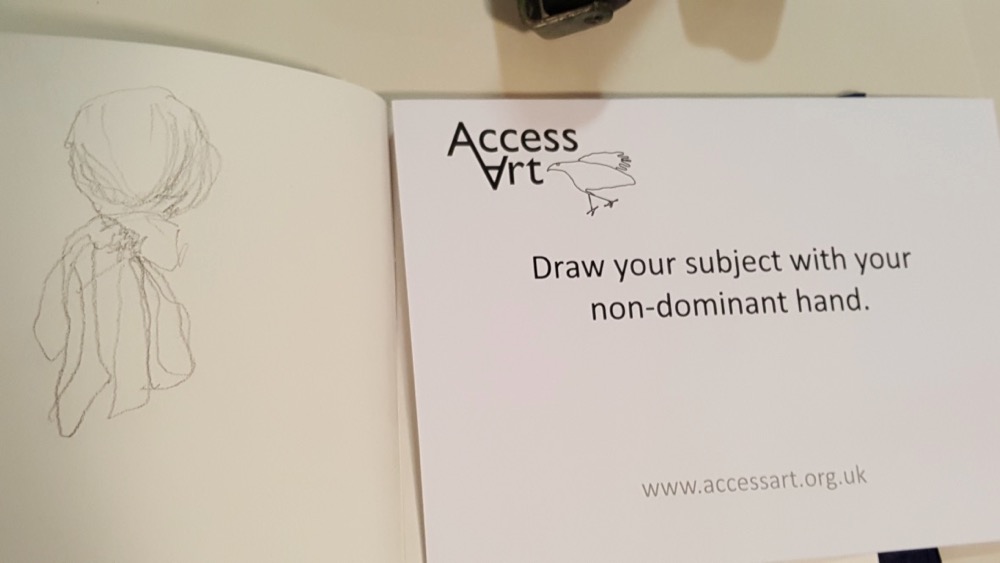
Using Brusho Crystals and Creating a ‘Liquid Drawing’
This is where the fun starts! The demo below will show you how you can work from your small drawings to create a larger A3 experimental drawing using Brusho Crystals.
This process will help pupils make a transition between drawing and painting and give them a chance to explore experimental mark making and colour using Brusho Crystals.
Brusho colours are bright, luminous and very pleasing to the eye and perfect for creating vivid, fluid drawings. Brusho can be applied in various ways across paper to create different effects. They are very effective used over marks made with wax crayons or oil pastels to create a ‘resist effect.’
Sprayed water can be used to disperse and blend the ink onto card or paper. Try sprinkling the crystals over damp paper or using a pipette to apply flowing lines across the paper.
You can also apply ink with sponges and paint brushes.
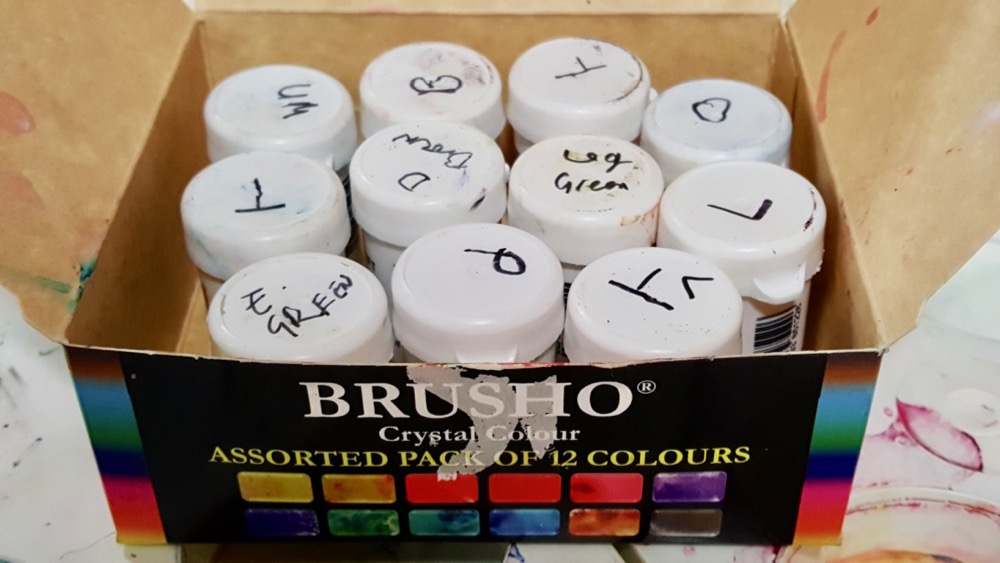
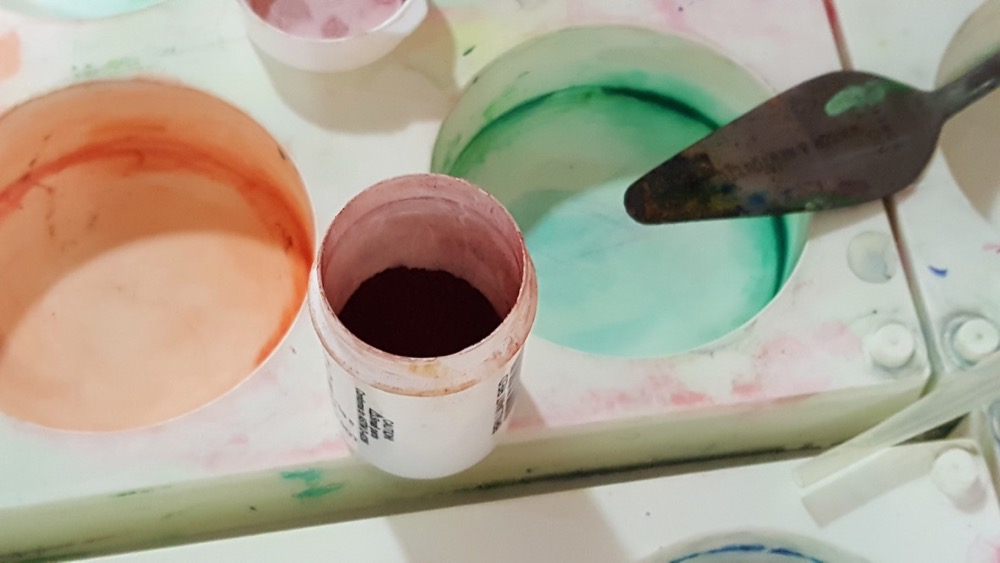
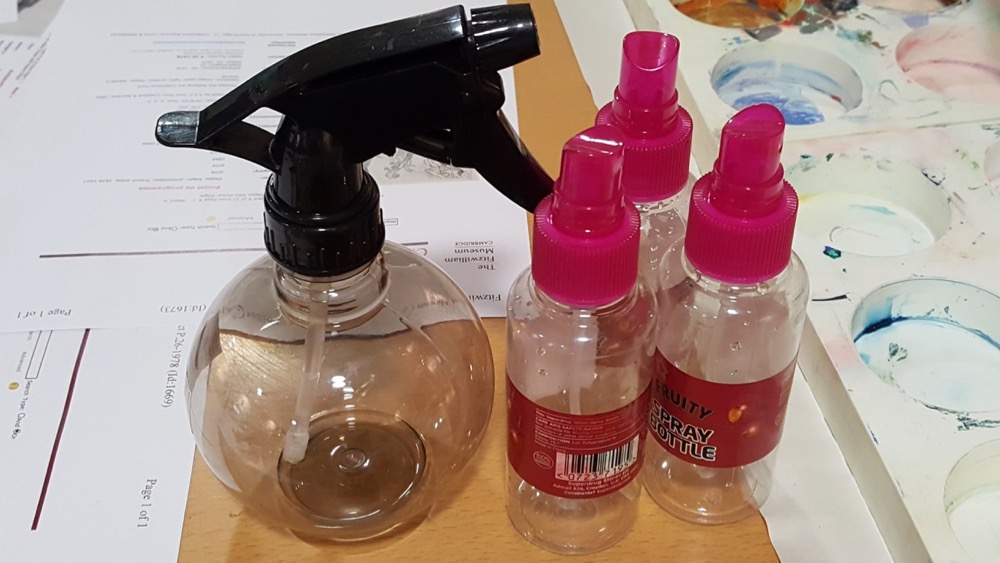
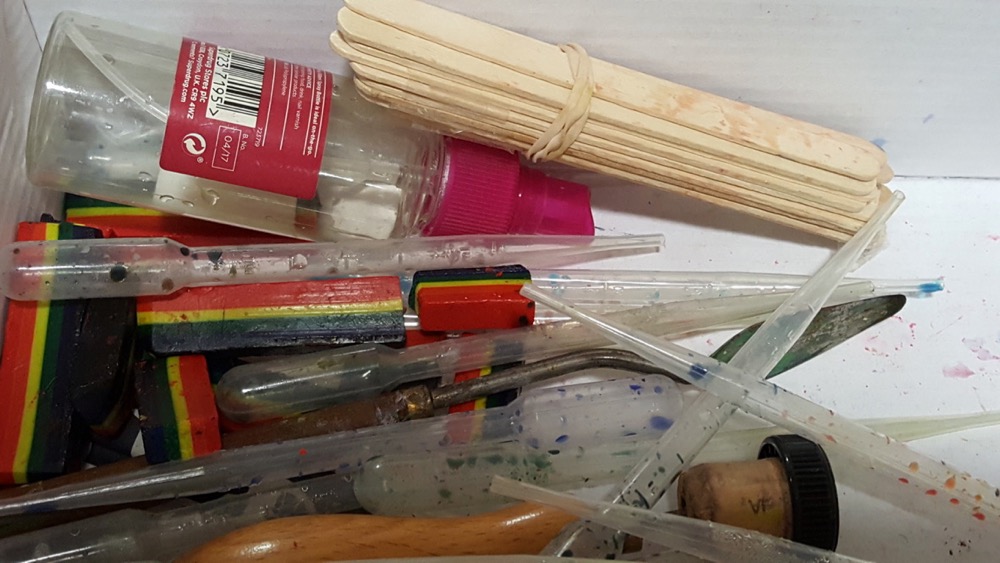
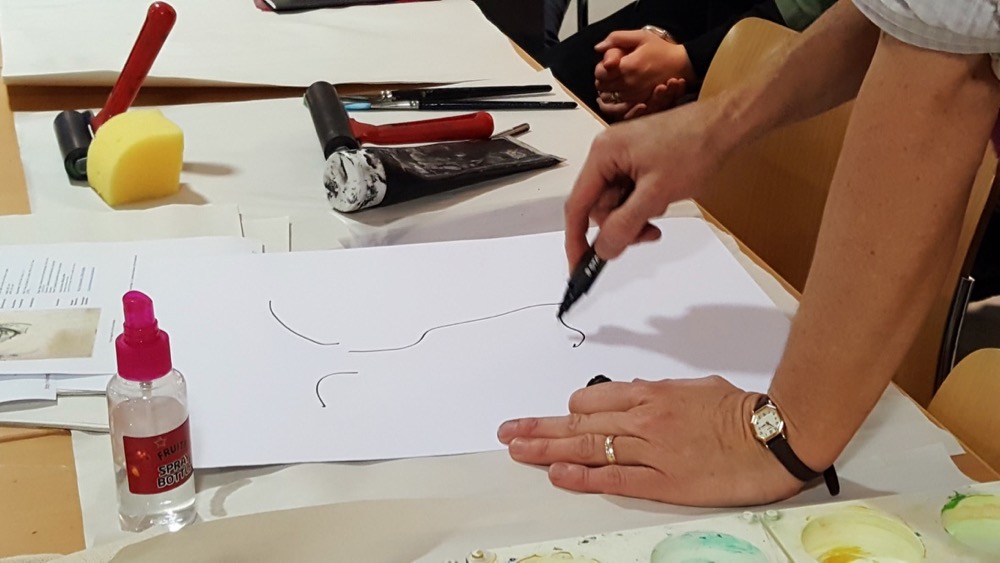
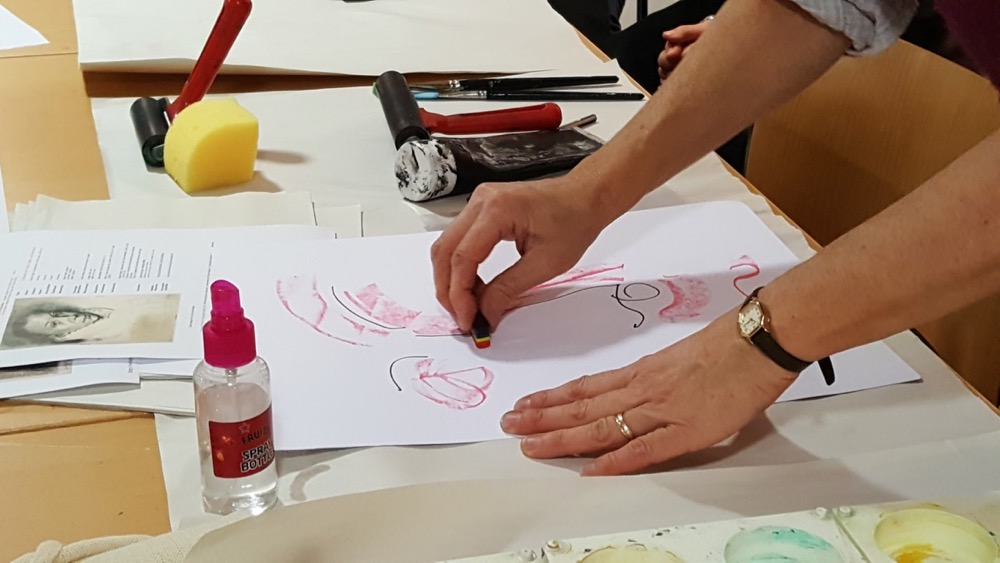
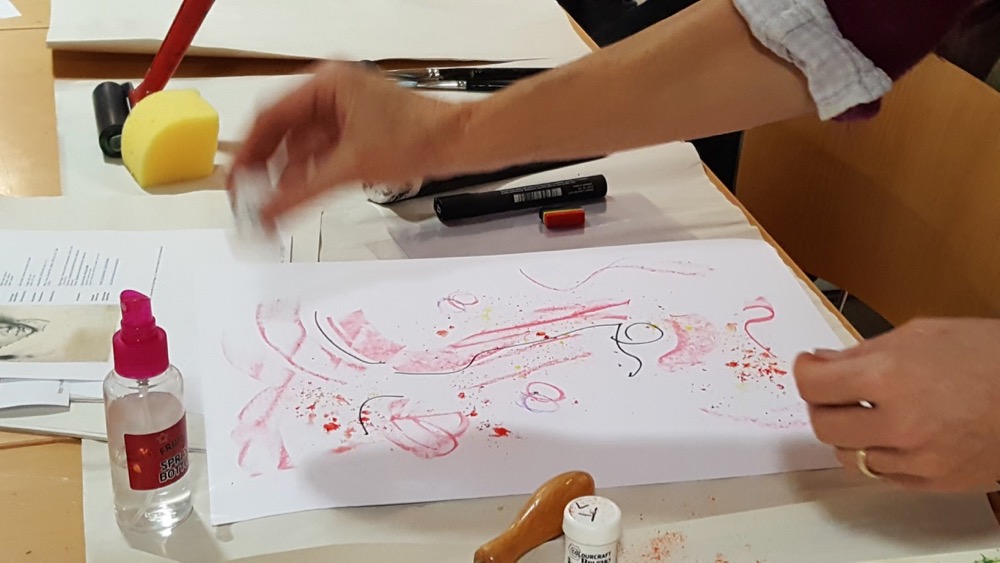
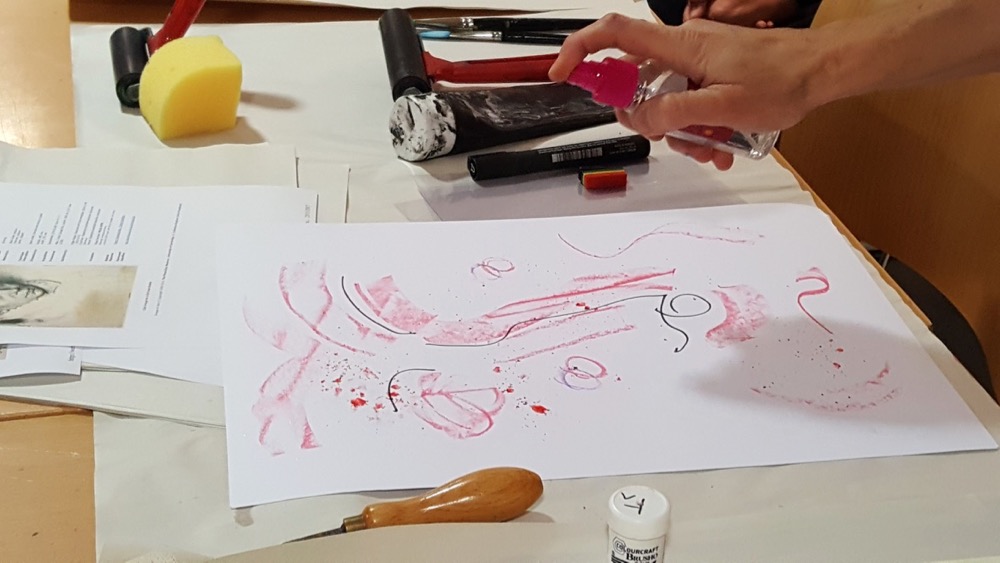
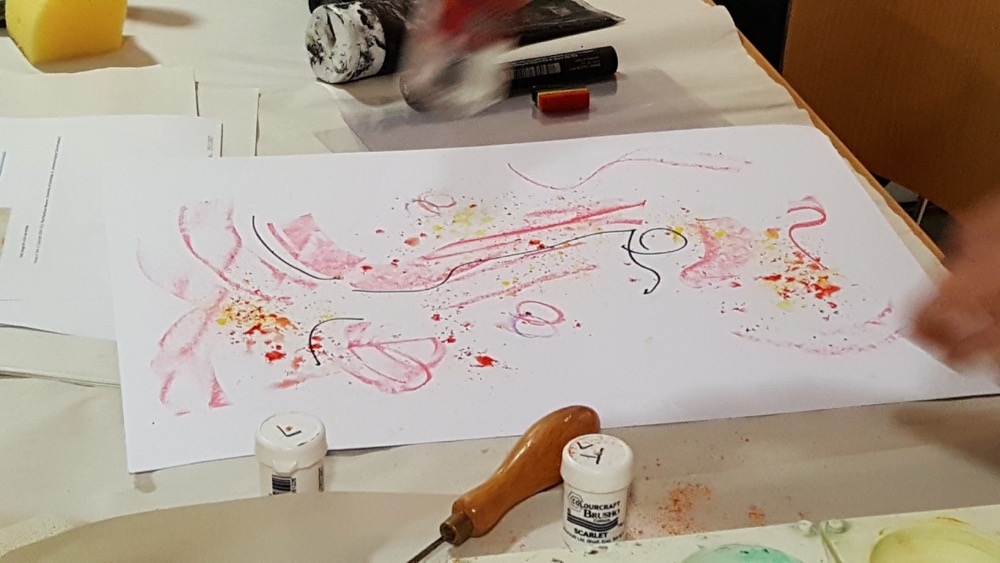
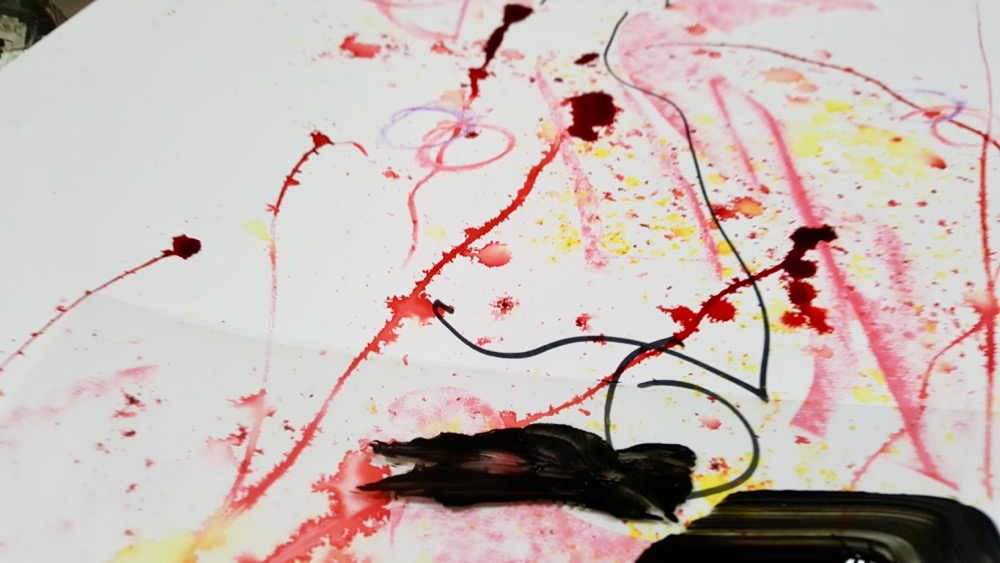
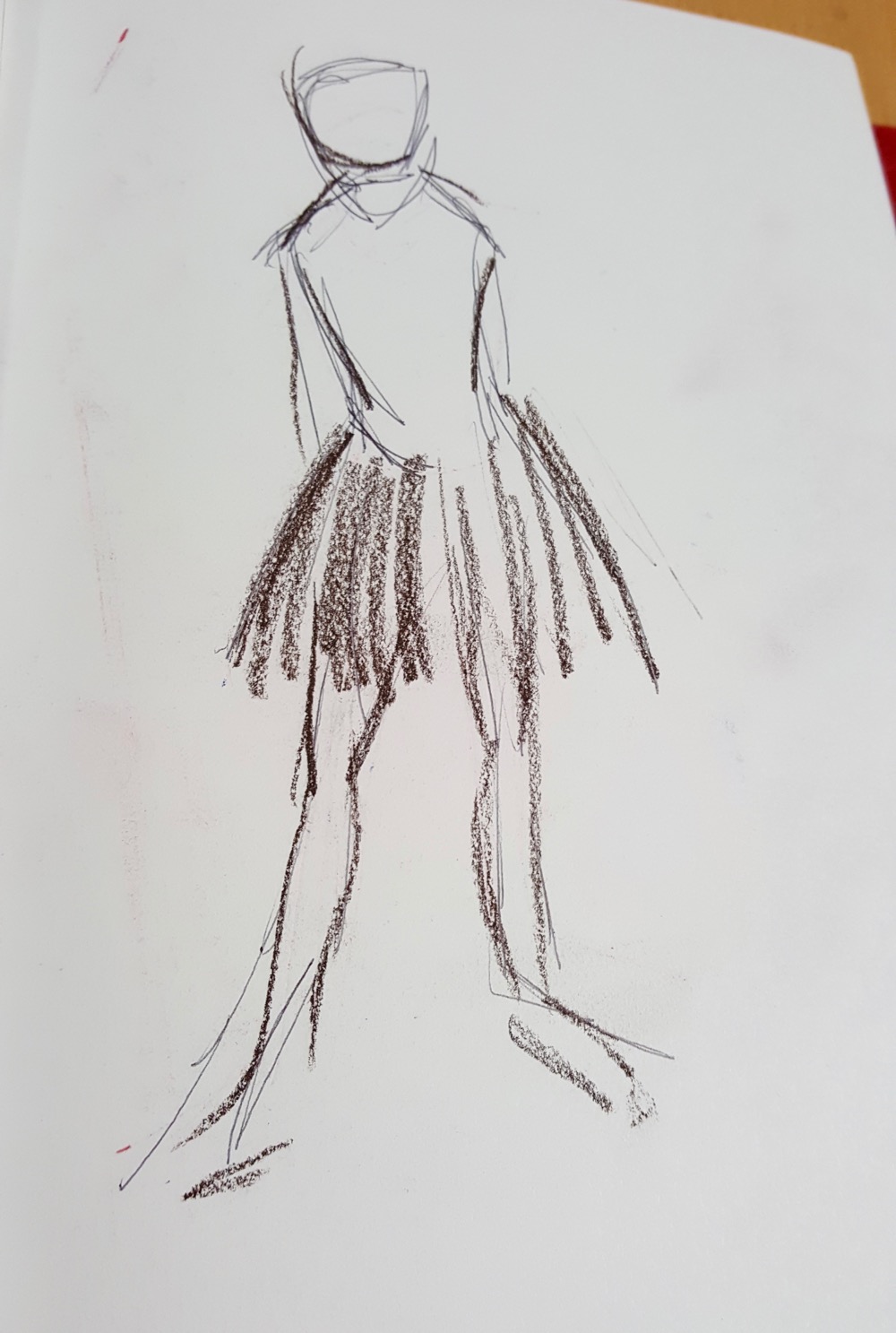
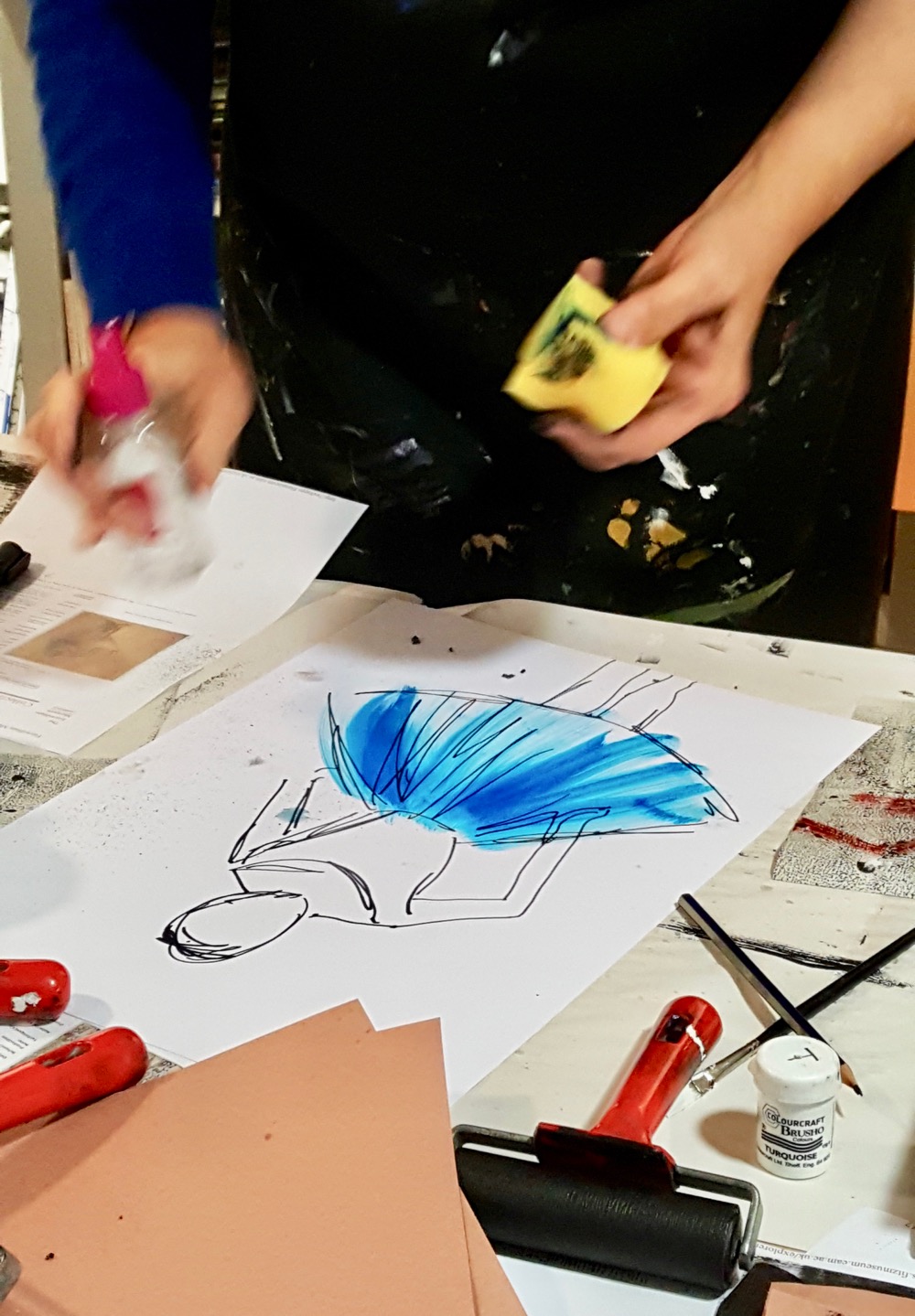
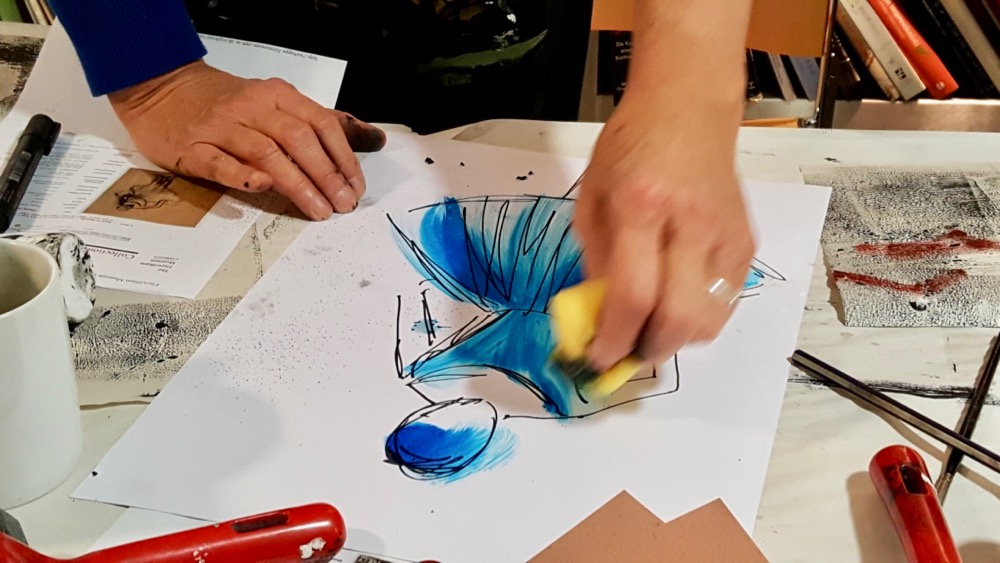
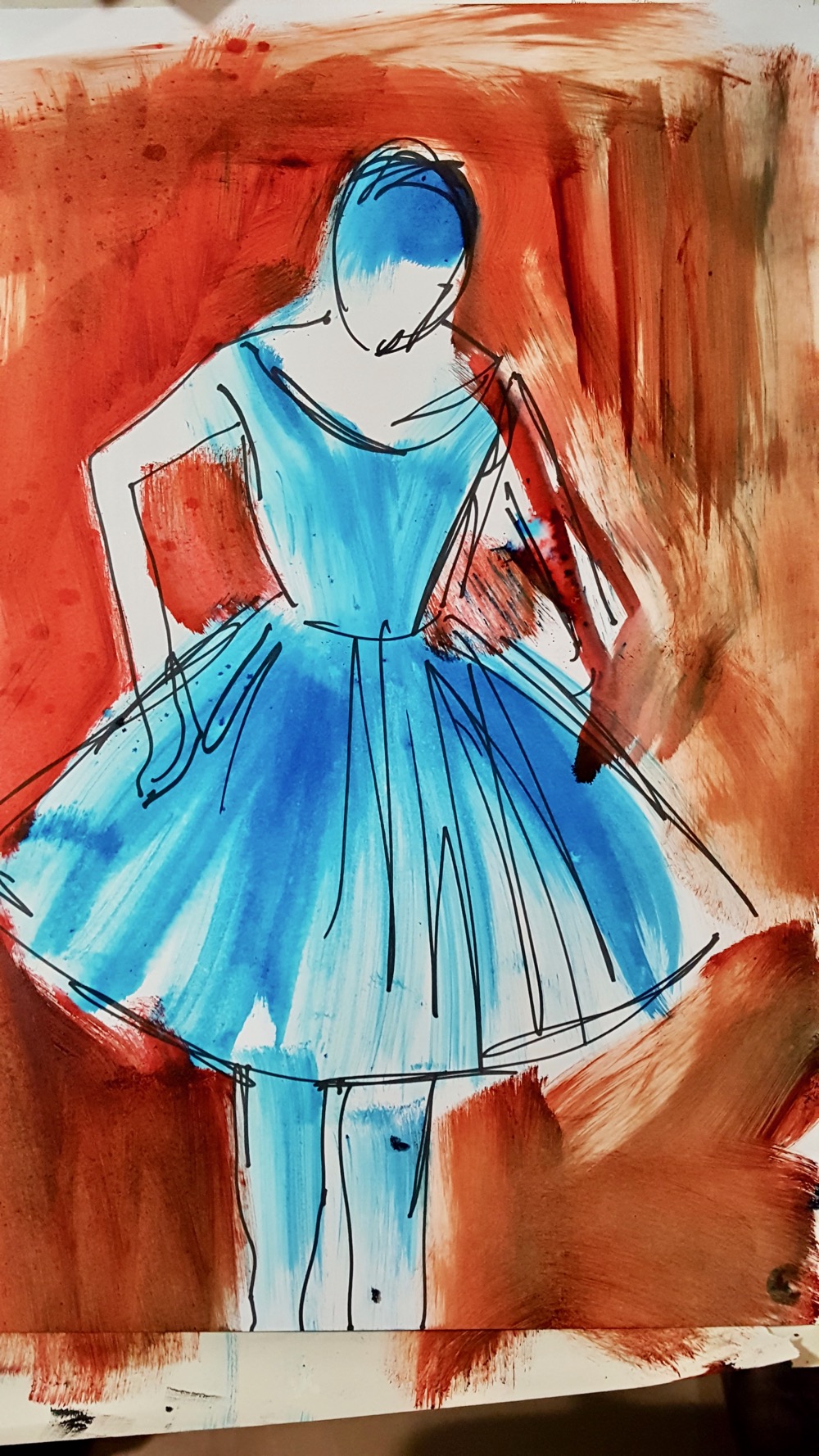
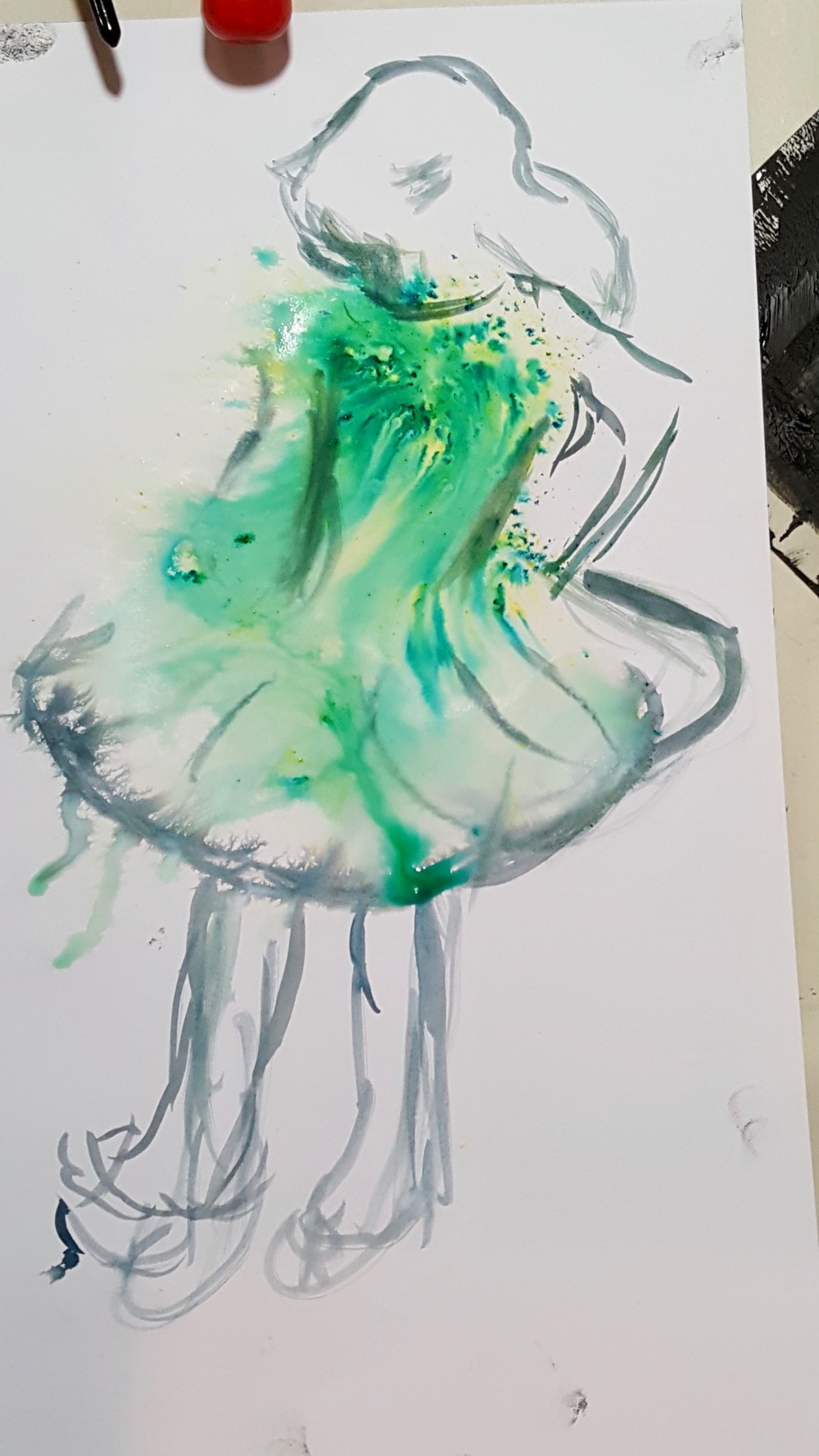
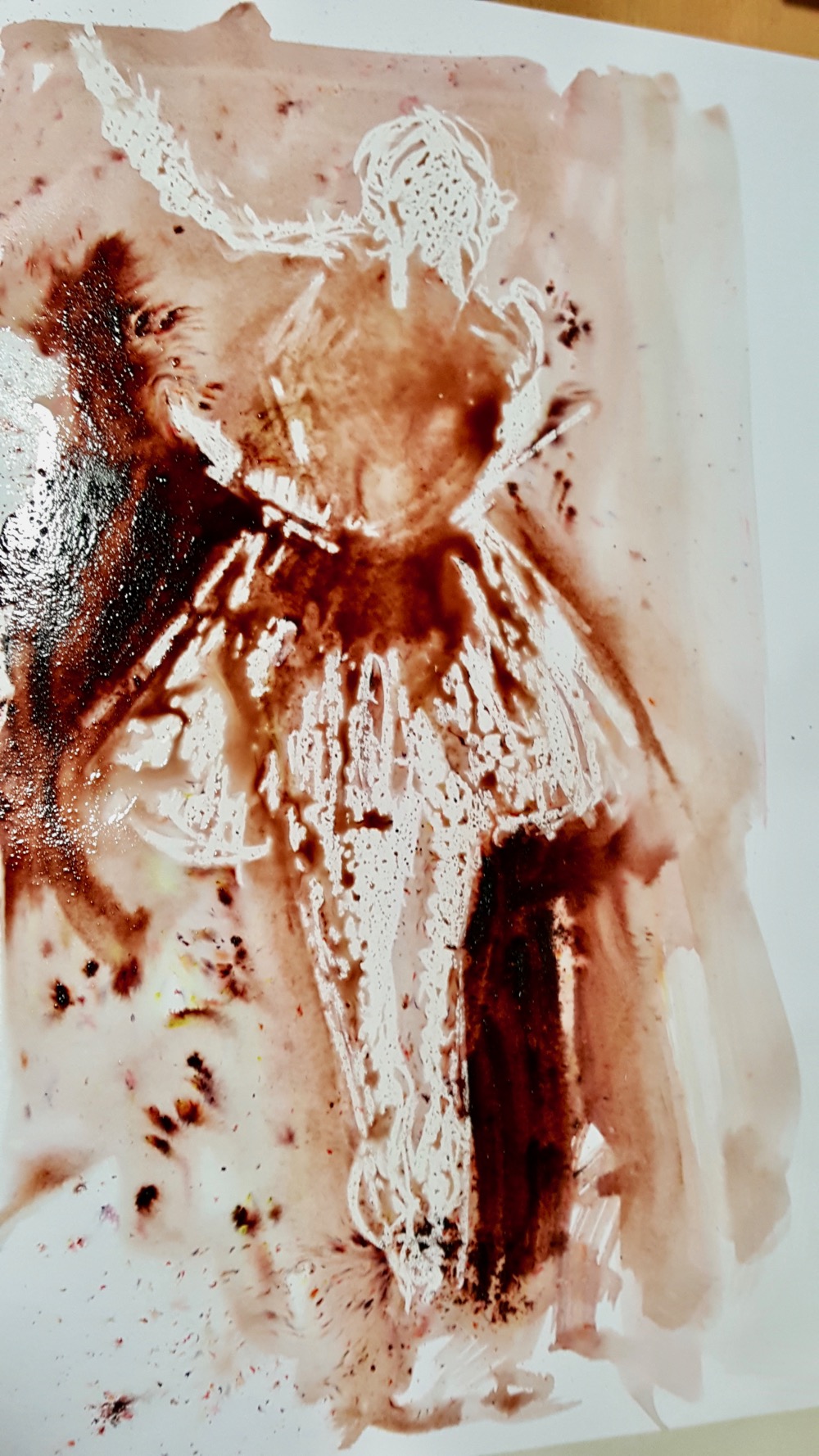
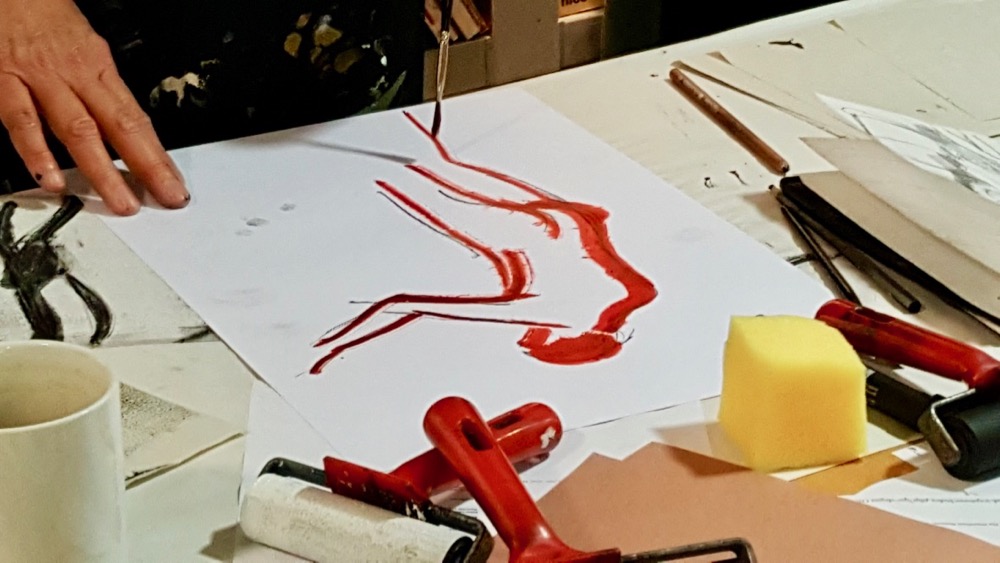
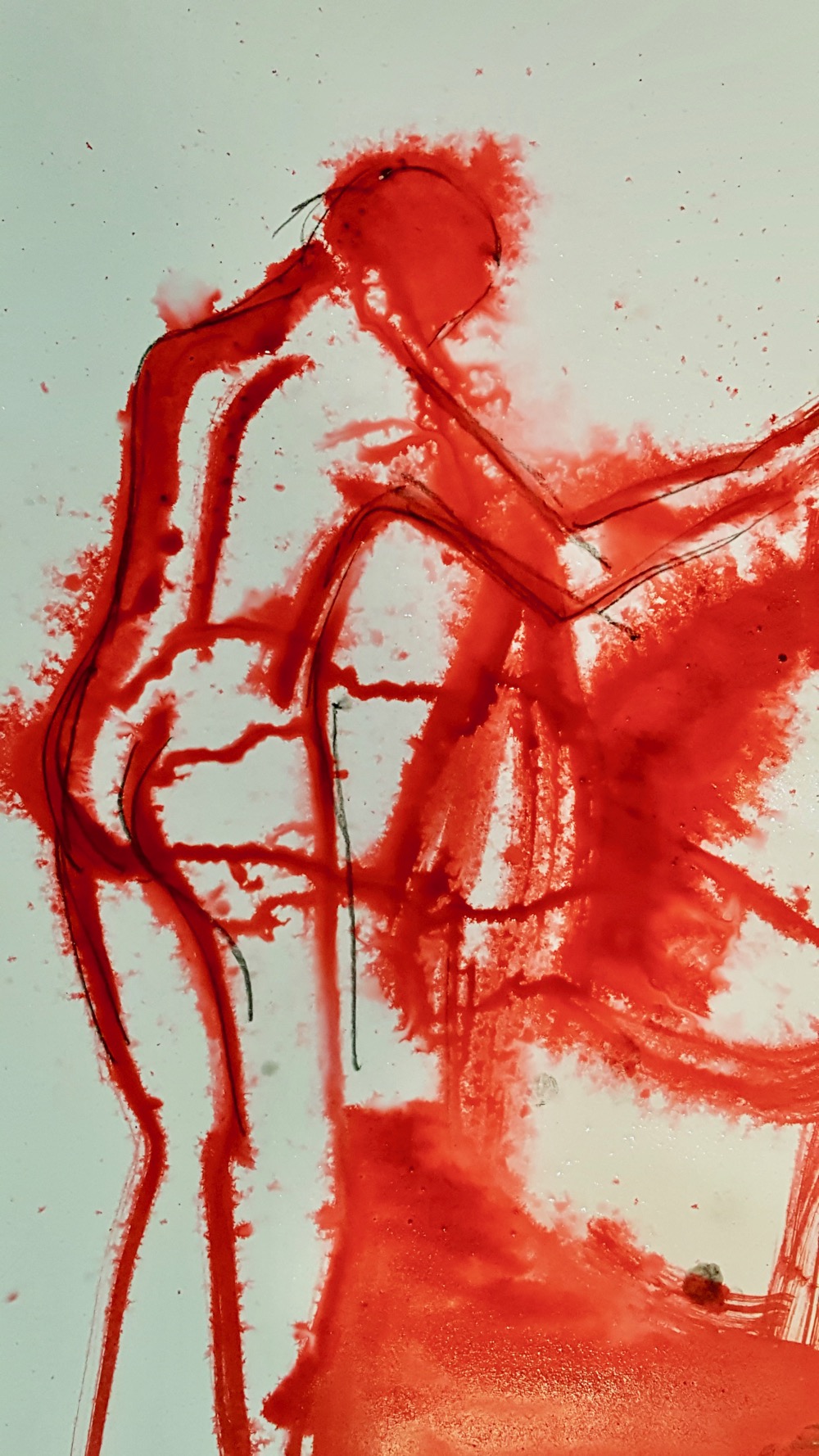
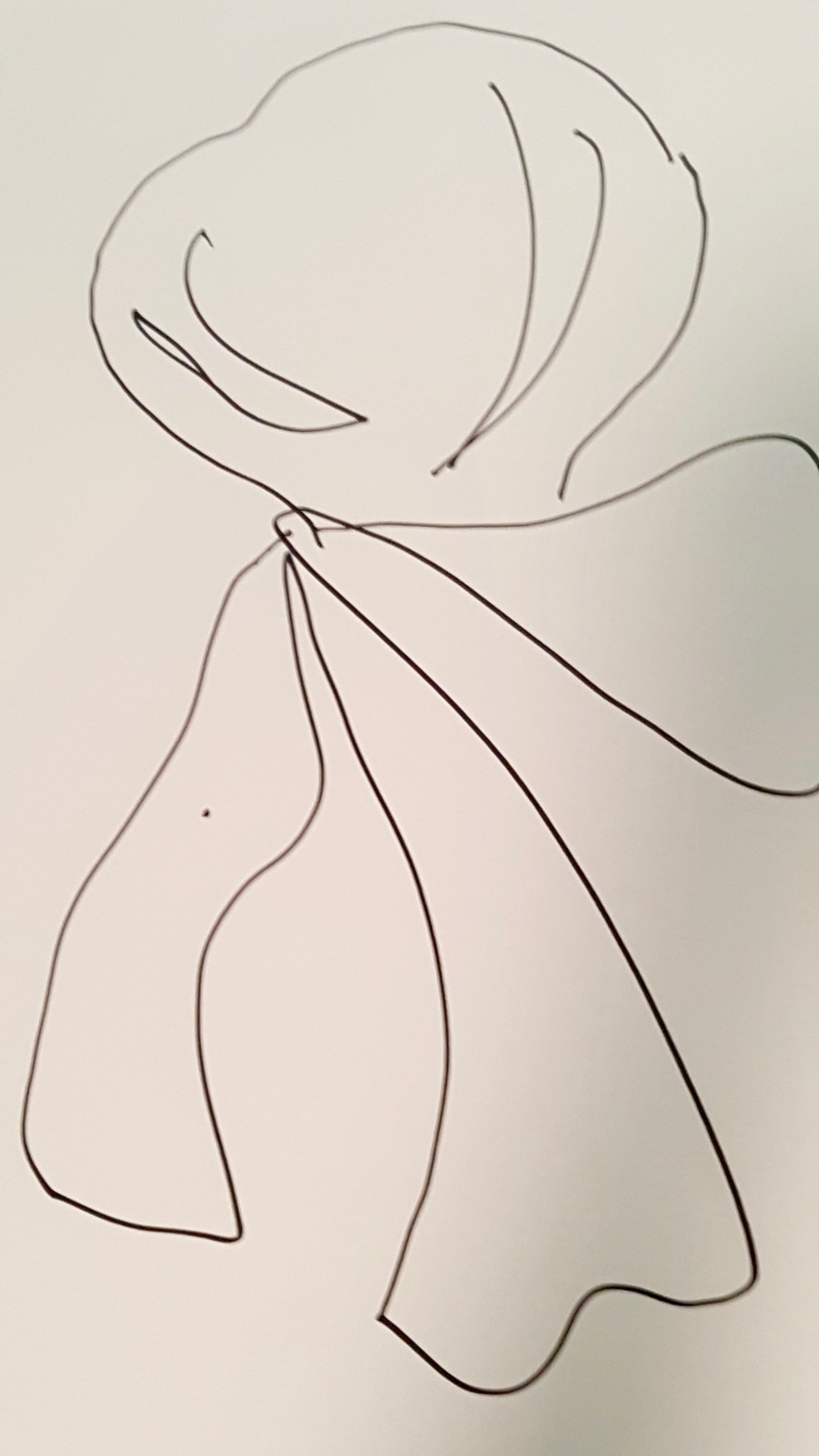

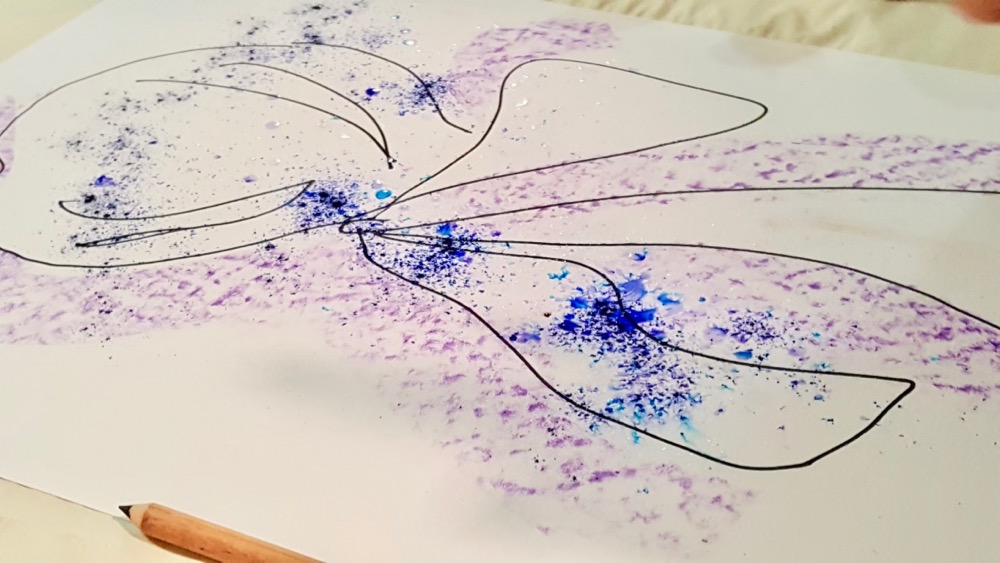
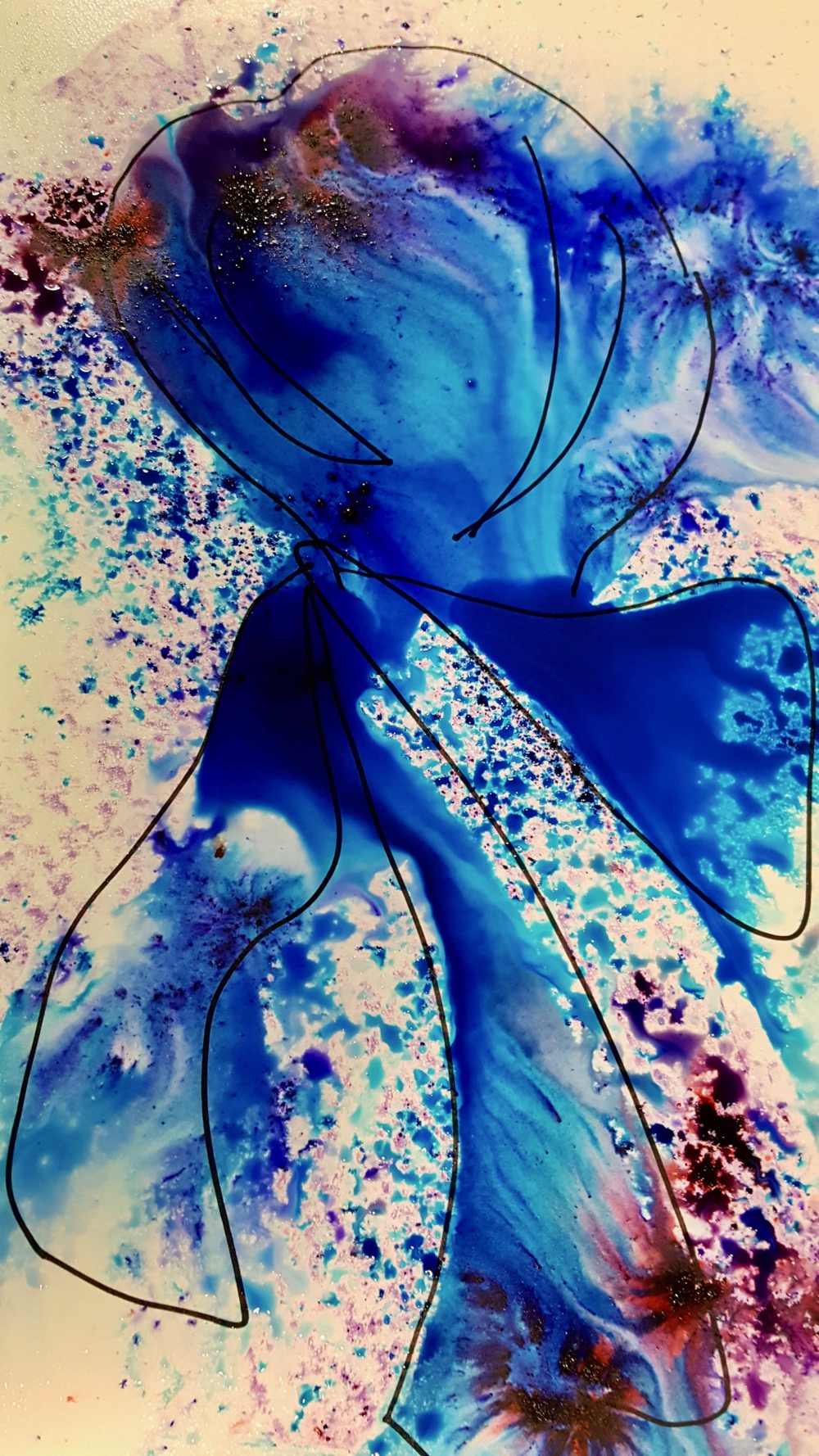
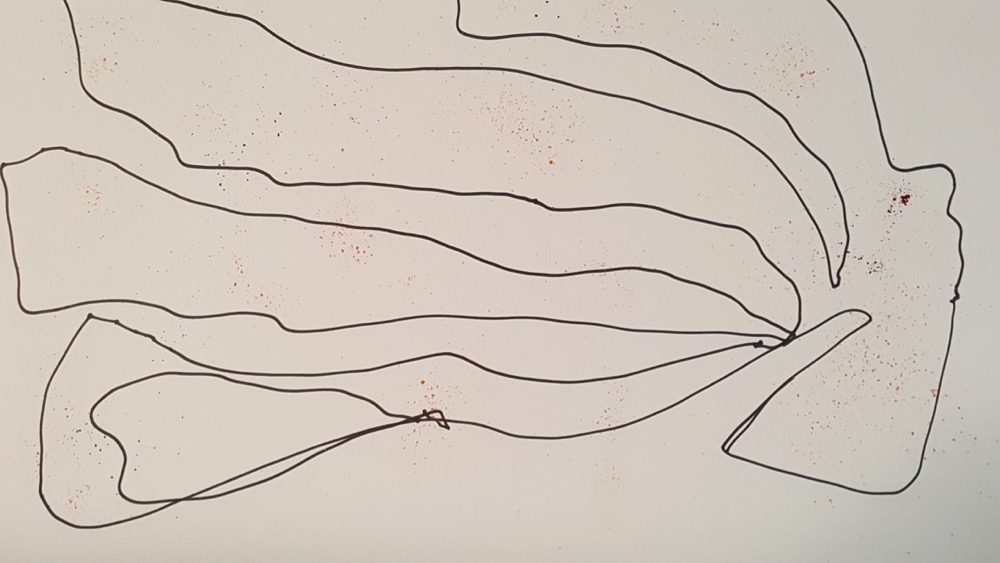

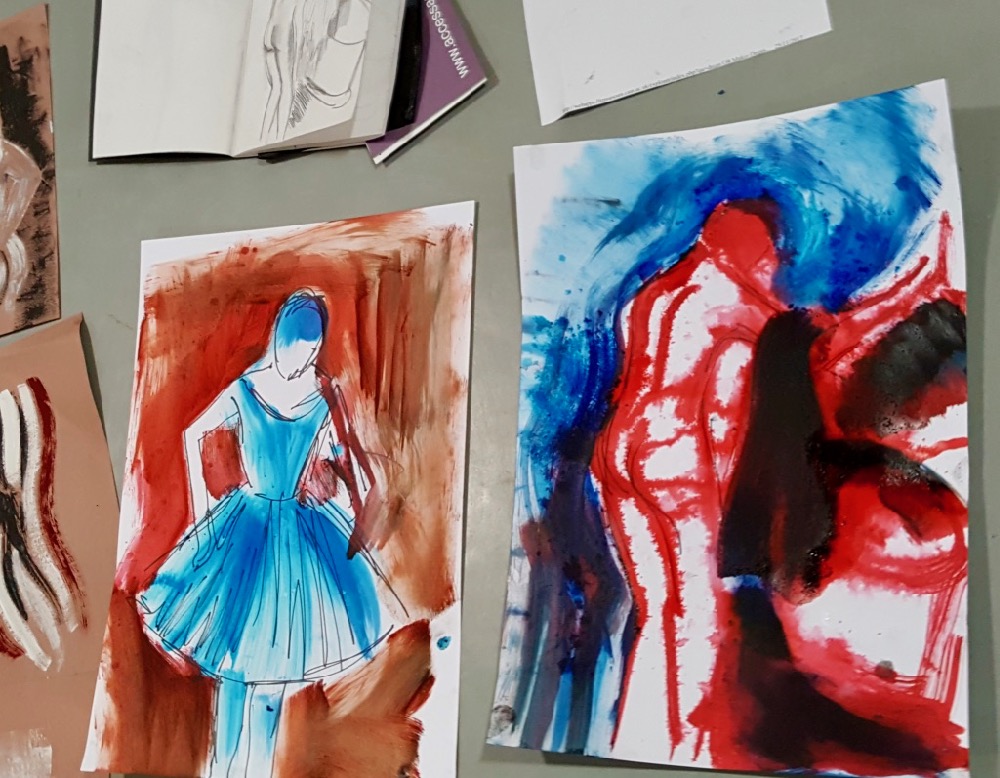
Many thanks to the teachers who participated in this InSET training session for sharing their process with AccessArt and the Fitzwilliam Museum, Cambridge.
A special thanks to Jane Munro, the Keeper of Paintings, Drawings and Prints at the Fitzwilliam Museum, Cambridge, and the curator of this exhibition, for her support and input into this resource.

